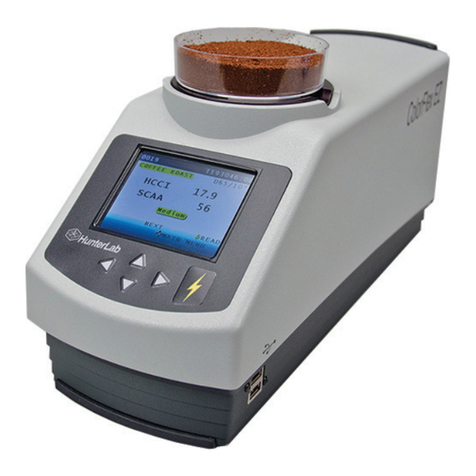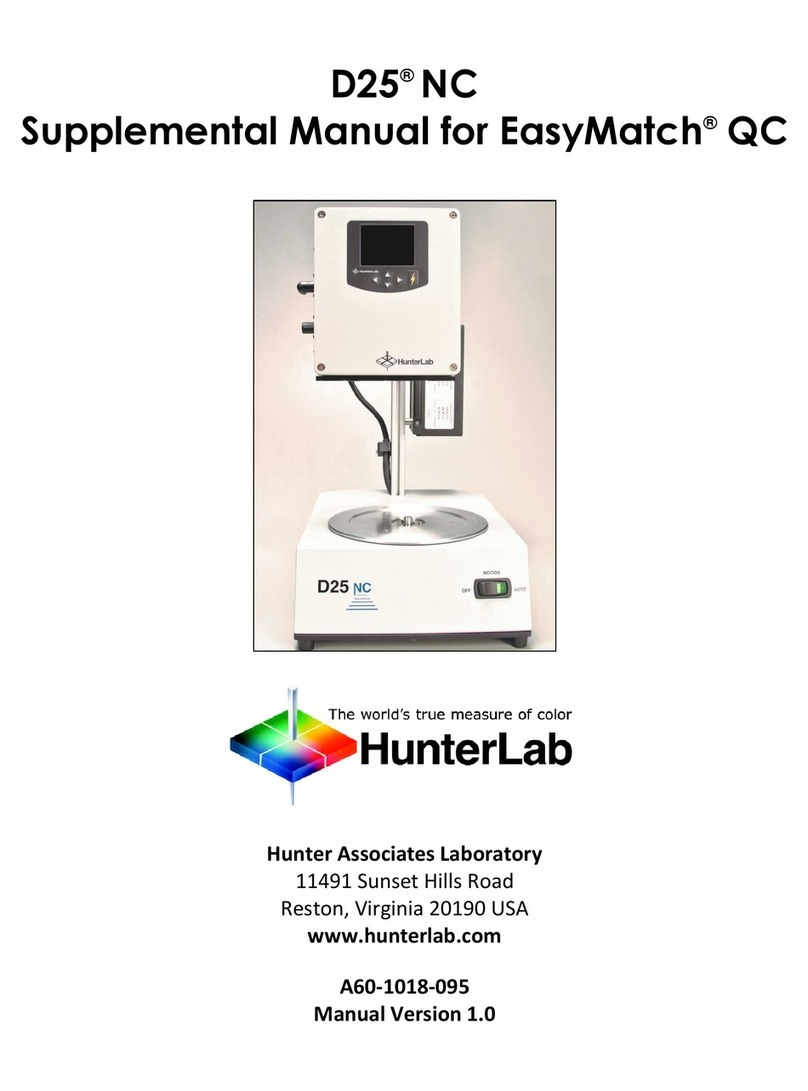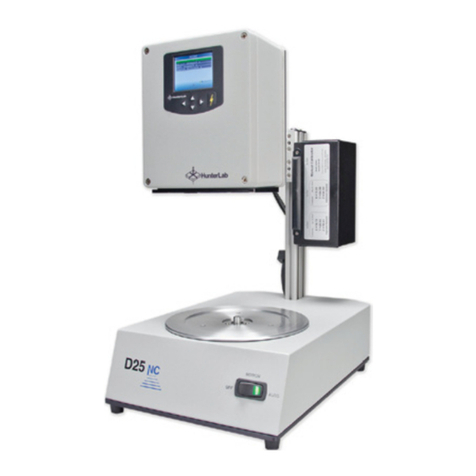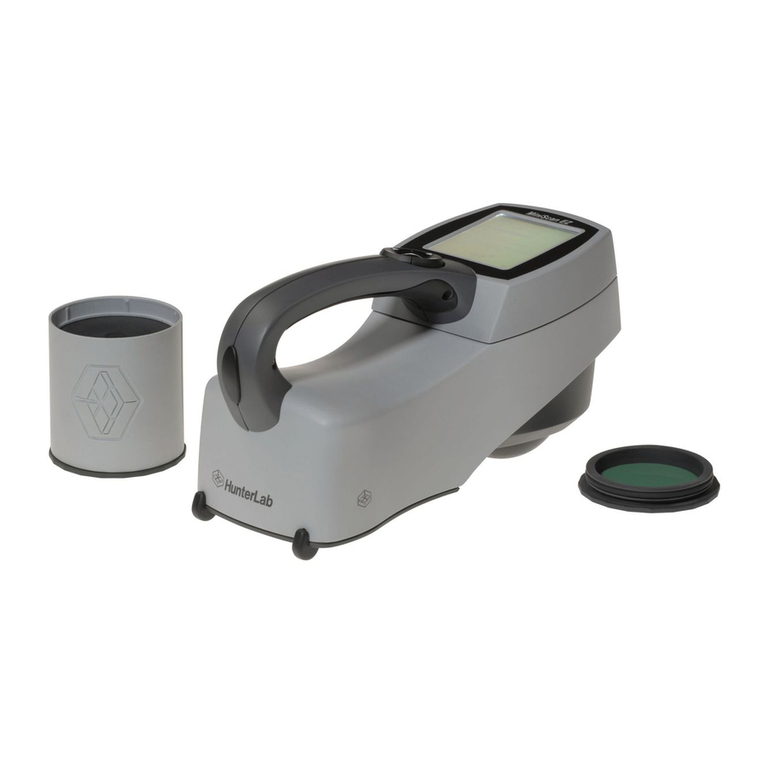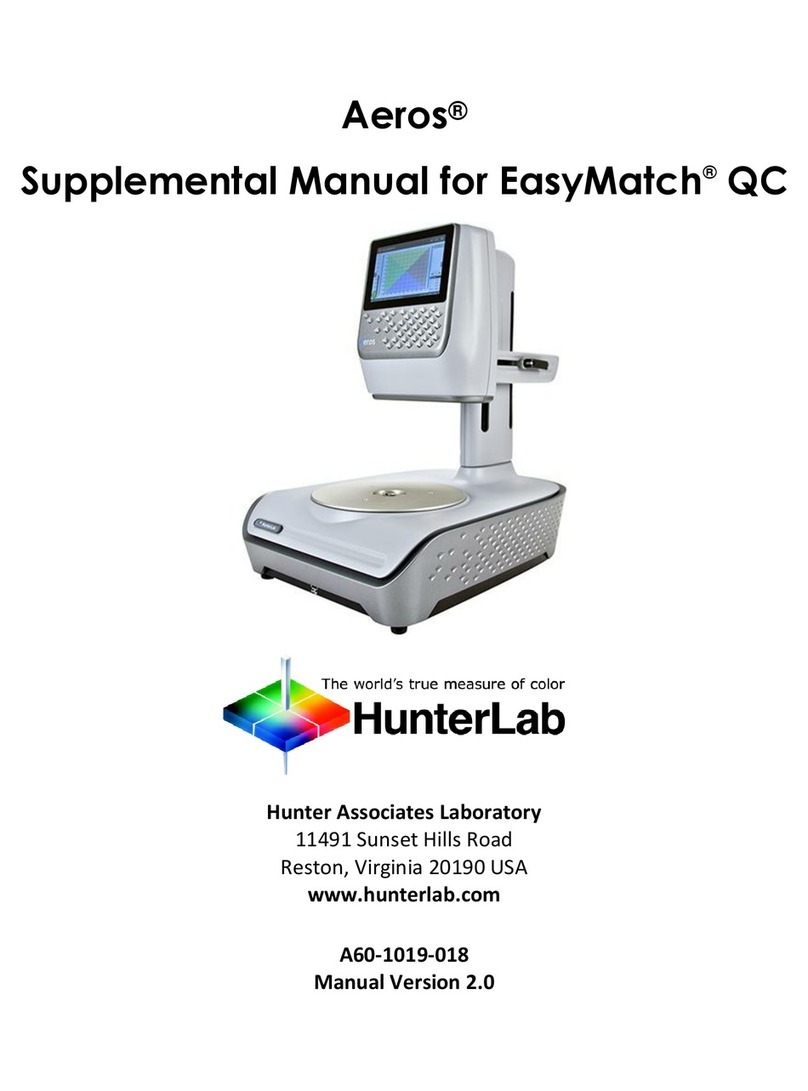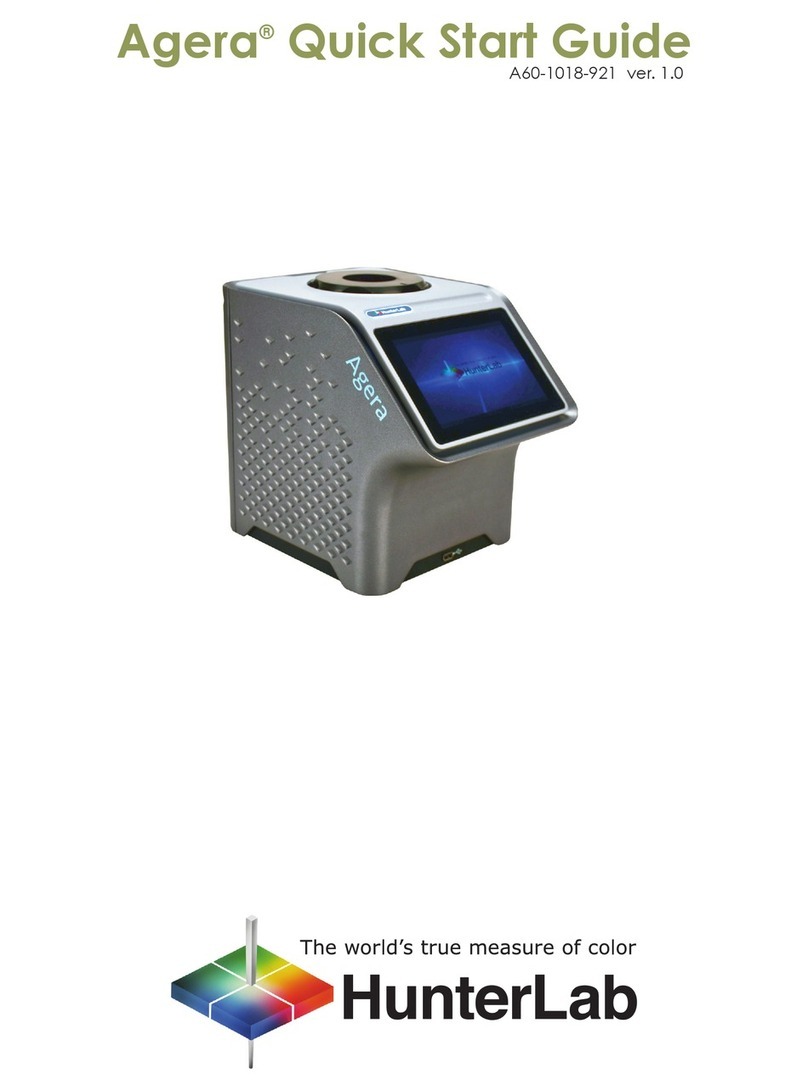
7.
Maintenance
and
Troubleshooting
7.
1
Maintenance
...............................................
7-1
7.1.1
Source
Larnp
•.......................................
7-1
...__,
7.1.2
Incident
Beam
Optics
...............................
7-2
7.1.3
Photodetector
Temperature
..........................
7-3
7.
2
Diagnostics
....
...........................................
7-4
7.
2.
1
7.
2.
2
7.
2.
3
7.2.4
7.
2.
5
Lamp
..
.............................................
7-4
Lamp
Adjustment
....................................
7-5
A/D
Count
..........................................
7-6
PROM
CRC
.
..........................................
7-7
RAM
.....•.•.•....•....•.•.•...•..••••••..•.....•.••
7- 7
7.3
Error
Messages
............................................
7-8
7.
4
Troubleshooting
...........................................
7-9
7.4.1
Possible
Effects
of
Environment
....................
7-9
7.4.2
Failure
to
Initialize
..............................
7-10
7.4.3
General
Rules
for
Toubleshooting
...................
7-11
7.4.4
Symptoms Made
Evident
by
Digital
Readout
...........
7-12
7.4.5
Symptoms
Involving
Calibration
Errors
..............
7-14
8.
Warranty
and
Service
8.1
Warranty
..................................................
8-1
8 . 2 C1
aims
....................................................
8- 1
8.
2.
1
8.
2.
2
8.
2.
3
Breakage
or
Damage
.................................
8-1
Shortage
.
..........................................
8-2
Incorrect
Shipment
.................................
8-3
8.3
Returns
...................................................
8-3
8.4
Service
...................................................
8-3
8.
4.
1
8.4.2
Return
of
Instrument
for
Repair
....................
8-3
.,__,
On-Site
Repair
.....................................
8-3
9.
Options
9.1
9.2
9.3
9.4
9.5
9.6
9.7
9.8
9.9
9.10
9.11
9.12
9.13
9.14
9.15
Reduced
Area
Illumination
and
Small
Area
Measurement
......
9-2
Reduced
Area
Viewing
......................................
9-4
L
Sensor
Reduced
Area
Viewing
.........
....................
9-5
Ultraviolet
Absorbing
Filter
..............................
9-6
Whiteness
Index
...........................................
9-7
Yellowness
Index
..........................................
9-9
Opacity
(Contrast
Ratio}
.................
.
................
9-11
Tomato
Product
Score
......................................
9-13
TAPP
I Br i g
ht
n
es
s . . . . . . . . . . . . . . . . . . . . . . . . . . . . . . . . . . . . . . . . . . 9
-1
5
z-.,
Brightness
.
............................................
9-1
7
Transfer
Standardization
..................................
9-18
Averaging
.
................................................
9-21
Product
Standard
Storage
..................................
9-22
External
Communications
...............................
....
9-25
IBM
Interface
.............................................
9-27
10.
Appendix
10.1
Key
Function
Chart
.......•...............................
10-1
10.2
Pinout
Connections
.....•.................................
10-4
1o. 3
Reference
Material
.
......................................
10-5
INDEX
Artisan Technology Group - Quality Instrumentation ... Guaranteed | (888) 88-SOURCE | www.artisantg.com
